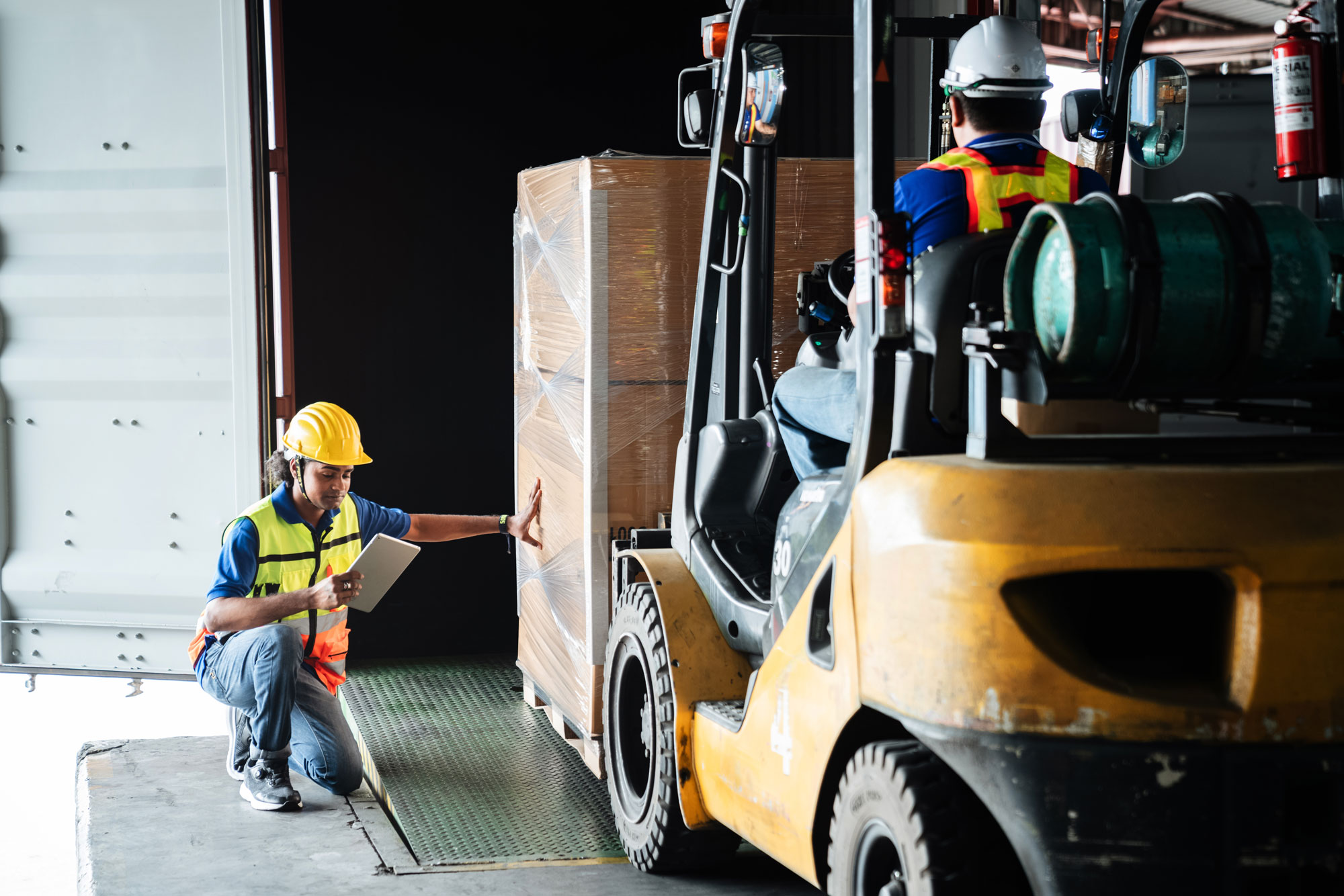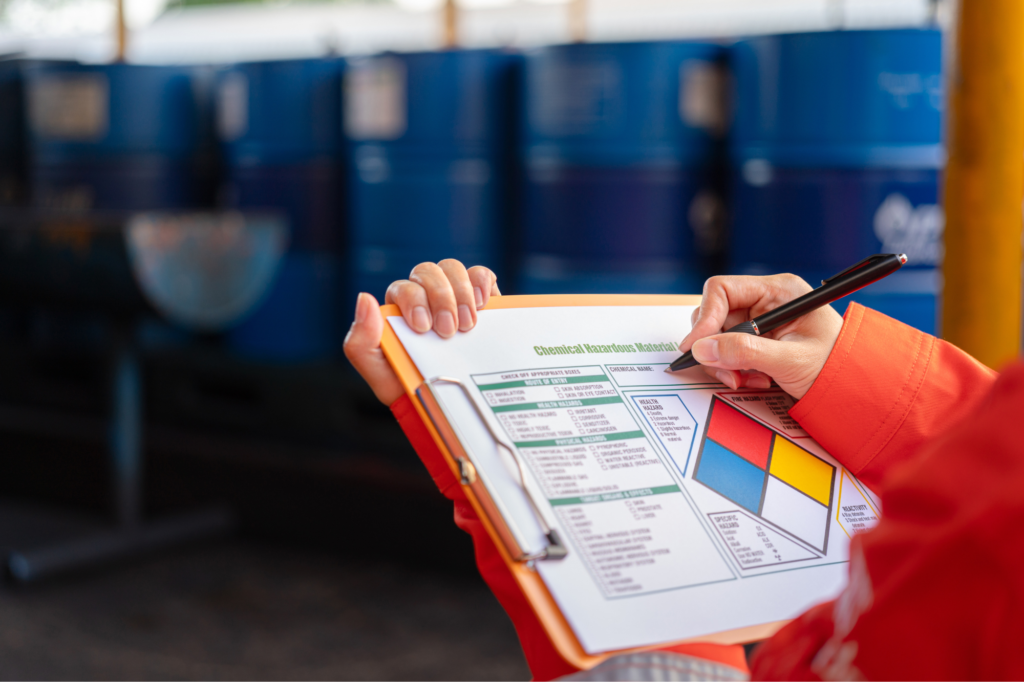
5 Forklift safety guidelines every employer should follow
Forklift safety has been a crucial topic in the warehousing and construction industries for years. Despite increased attention, however, injuries and even fatalities remain distressingly common. OSHA’s most recent estimates show that between 35,000 and 62,000 injuries occur every year involving forklifts.
To ensure your workers are fully equipped to operate forklifts without causing accidents, it’s important to go beyond teaching them general safety policies. Even if they’re already competent and well trained, you need to ensure they fully understand the specific hazards of forklift operation and prevention measures they can take.
Here are five forklift safety guidelines every employer should follow.
1. Conduct OSHA-approved operator safety training.
In order to comply with OSHA regulations, it’s imperative that all forklift operators undergo approved safety training. Failure to comply can result in substantial fines reaching up to $10,000 for each untrained employee. Beyond avoiding penalties, conducting standardized training holds even greater significance, as it ensures your employees are uniformly knowledgeable about and aligned with safe operating procedures.
Effective training should address:
• Fundamentals of steering, fuel, and battery handling
• The use of specific types of forklifts at a given jobsite
• Operation on slick surfaces, in poor lighting, and in other substandard conditions
• Stability under different volumes and loads
2. Evaluate your employees’ forklift operation skills.
Although OSHA doesn’t mandate forklift licenses or annual testing, it’s still crucial to consistently evaluate your employees’ forklift operation skills through written tests and live demonstrations. This process is particularly important when dealing with temporary workers or when recent hires have undergone training programs that differ from their own. While it may not be necessary to retrain your employees, conducting regular evaluations and following strict guidelines are the only ways to ensure they fully comprehend safe operating procedures.
3. Require employees to use restraints and safety devices.
In addition to training operators according to OSHA’s requirements, it’s essential to follow all operating instructions, warnings, and precautions listed in the forklift’s manual. This also applies to restraints and other safety devices present. By adhering to these regulations, you decrease the likelihood of accidents, reduce your liability, and ensure your workers are safe while handling unstable loads or navigating slick surfaces.
Not only that, but all workers involved in forklift operation should also receive situational training. Additionally, wearing hard hats is required to avoid injuries and when a load is dropped. These practices further guarantee your employees’ safety on the job.
4. Address site-specific hazards.
While regulations and operating manuals outline general safety practices, your training program must also highlight and address hazards specific to your jobsite and facilities. Each worksite, location, and facility presents unique challenges for forklift operators, including narrow ramps, inadequately lit areas, and complicated aisles. Thus, it’s important to alert your employees of these potential hazards before they commence work.
Similarly, when dealing with pallets and unevenly distributed packages, there are unintentional issues that can arise. While you have control over the pallets you create, there are situations in which you may have to deal with uneven loads from distributors, which could be a source of potential accidents during the operation.
5. Track and document all incidents.
Considering the prevalence of forklift accidents each year, it’s likely you’ve experienced minor incidents within your own facilities at some point. To prevent such incidents from happening again, it’s crucial to maintain a centralized database to track all incidents. BLR’s EHS Hero® offers a comprehensive solution for tracking incidents. In its incident management tool, you can keep track of all common and custom incidents and fill state and federal forms automatically.
By following these tips, you can help prevent workplace accidents and keep yourself and your forklift operators out of harm’s way.


